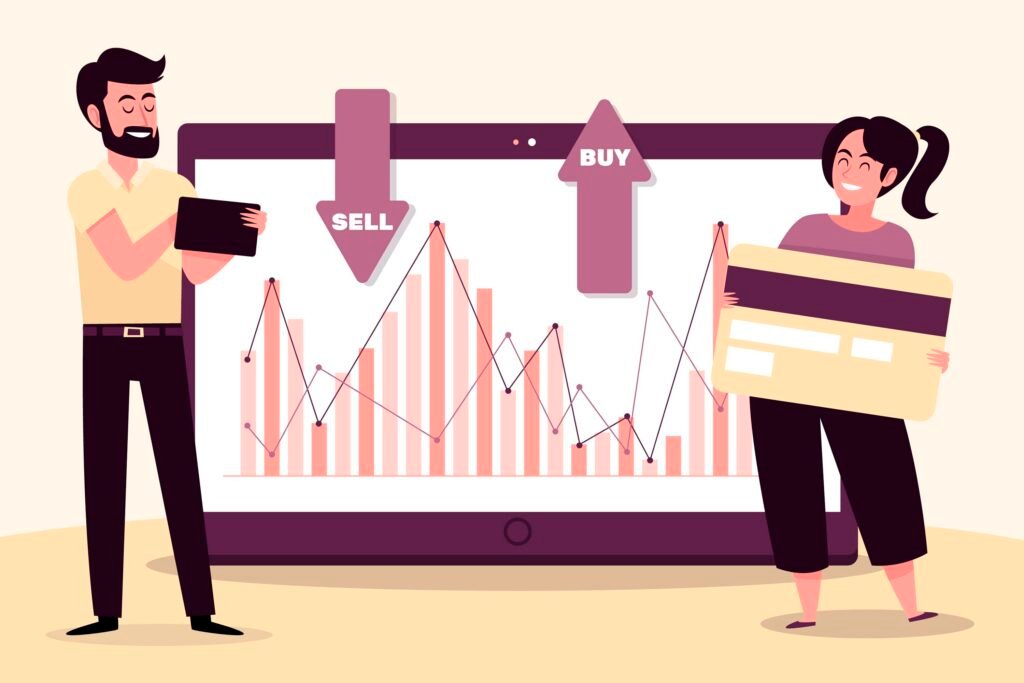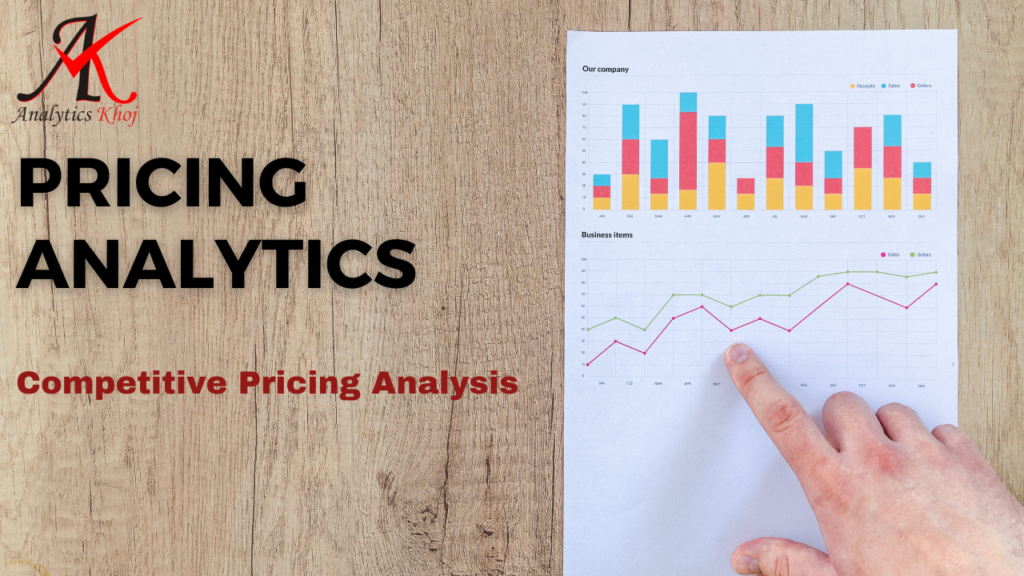Introduction
Understanding customer behaviour is vital for effective pricing strategies in today’s competitive business landscape. Price elasticity and demand forecasting are key elements in pricing analytics that help businesses make informed decisions. In this article, let’s look into these in-depth, unearthing their relevance and presenting practical examples to show how they impact price decisions for businesses.
If you haven’t read the Article 1: Introduction of Pricing Analytics, please read that, so this article will make more sense

Exploring Price Elasticity
Price elasticity measures how sensitive customer demand is to changes in price. It helps businesses assess the impact of price adjustments on customer behaviour. To understand it better, imagine a scenario where the price of a product increases – how likely are customers to reduce their purchases? or vice versa.
Price elasticity quantifies this relationship between price and demand.
Which is computed by:
% change in demand / % change in price
A 10% price rise will result in a 5% drop in the amount sought if the price elasticity is -0.5. Understanding price elasticity is crucial as it helps businesses determine the appropriate pricing strategy. If demand is elastic (higher number), a small change in price will result in a relatively larger change in demand. If demand is inelastic (less than 1), price changes will have a smaller impact on demand. By analyzing price elasticity, businesses can identify pricing opportunities, optimize revenue, and avoid potential pitfalls.

Decoding Demand Forecasting
The technique of projecting future consumer demand for a product or service is known as demand forecasting. It is essential for synchronizing pricing strategies and company strategy. Traditional demand forecasting is based on statistical models (I’ll discuss more in the next section) that examine previous data to discover patterns and anticipate future demand. Seasonality, trends, and market dynamics are all variables considered by these models.
For example, a business may utilize prior year’s sales data to estimate demand during certain seasons or holidays. To deliver more accurate demand estimates, machine learning algorithms may examine massive volumes of data, including client demographics, purchase behavior, and external variables. They are capable of detecting complicated patterns and adapting to changing market conditions in real time. Businesses may develop more accurate demand projections and alter their pricing strategies by employing these new tools.

Practical Examples of Demand Forecasting Impact
To illustrate the impact of demand forecasting on pricing decisions, let’s consider a few practical examples. Imagine a smartphone manufacturer launching a new model. By conducting thorough market research and analyzing historical sales data, they can estimate the potential demand for the new product. Based on this forecast, they can determine the initial pricing strategy, considering factors such as competition, consumer preferences, and production costs.
As the product gains traction in the market, ongoing demand forecasting helps the manufacturer adjust pricing in response to changes in demand. If demand exceeds expectations, they may raise the price to maximize revenue, On the flip side, If demand is lower than expected, they may explore price reductions to increase sales. Demand forecasting allows businesses to be agile and responsive to market dynamics, optimizing their pricing strategies for maximum profitability.
In another example, consider a hotel chain that wants to optimize room rates. By analyzing historical booking data and external factors like holidays, events, and seasonal patterns, they can forecast demand for different periods. With this insight, they can adjust room rates accordingly, implementing dynamic pricing strategies. During peak demand periods, they can increase prices to maximize revenue. Conversely, during off-peak periods, they may offer discounted rates to attract more customers and fill vacant rooms. By leveraging demand forecasting, the hotel chain can strike the right balance between occupancy rates and pricing, optimizing revenue generation.
Conclusion
Price elasticity and demand forecasting are powerful tools that drive pricing decisions and business success. By understanding price elasticity, businesses can determine how price changes affect demand and make informed pricing decisions. Demand forecasting enables businesses to predict future customer demand accurately, allowing them to align pricing strategies and optimize revenue.
Credit and Reference
Image used : Image by Freepik



